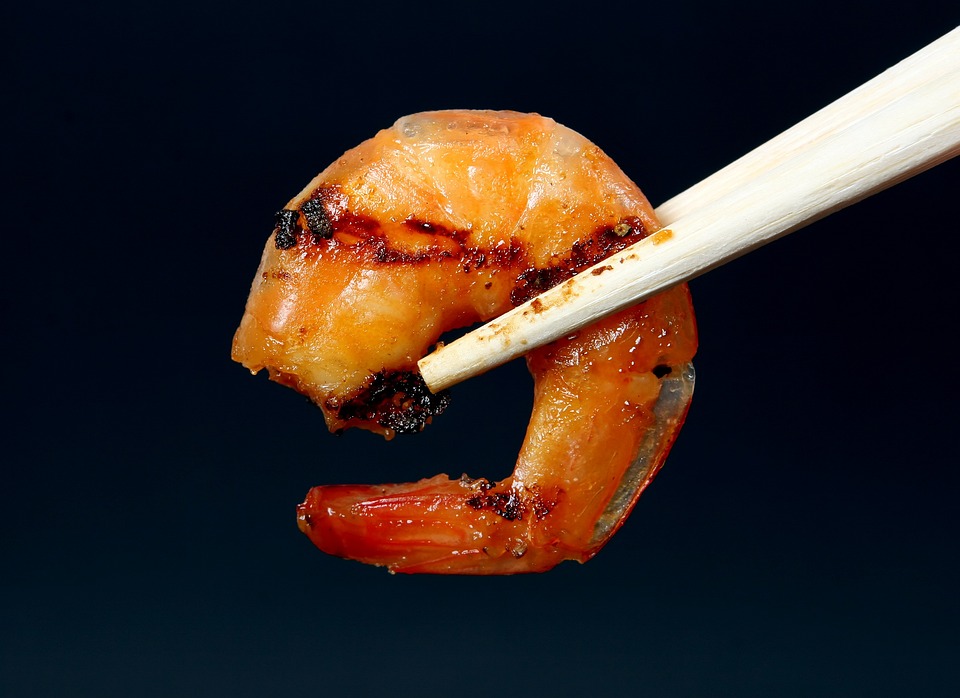As the popularity of low-carb diets continues to surge, two diets have emerged as the front-runners: the ketogenic diet (keto) and the paleolithic diet (paleo). Both diets share similarities such as eliminating processed foods and grains, but they differ significantly in their approach to macronutrient ratios and food choices. So, which one is better for you? Let’s take a closer look.
The Ketogenic Diet (Keto)
The keto diet is a high-fat, moderate-protein, and very low-carb diet that aims to put the body in a state of ketosis. In this state, the body burns fat for fuel instead of carbohydrates. To achieve this, the keto diet limits carbohydrate intake to 20-50 grams per day, which is equivalent to one or two pieces of fruit. The diet primarily consists of high-fat foods such as oils, nuts, seeds, avocados, and fatty meats.
Pros:
– Rapid weight loss: The keto diet can lead to rapid weight loss due to the body’s shift into ketosis, where fat is burned for fuel.
– Reduced hunger: The high-fat intake and low-carb intake can lead to reduced hunger and cravings.
– Improved mental clarity: Some people report improved cognitive function and mental clarity on the keto diet.
Cons:
– Difficult to maintain: The keto diet can be challenging to sustain long-term due to its restrictive nature.
– Nutrient deficiencies: The diet’s focus on high-fat foods can lead to nutrient deficiencies if not monitored carefully.
– Increased risk of heart disease: The high-fat intake can increase the risk of heart disease if unhealthy fats are consumed.
The Paleolithic Diet (Paleo)
The paleo diet is based on the idea of consuming foods that were available to our hunter-gatherer ancestors over 10,000 years ago. The diet includes meat, fish, vegetables, fruits, nuts, and seeds, while eliminating grains, legumes, dairy, and processed foods. The paleo diet aims to eliminate foods that cause inflammation and promote a diet rich in whole, nutrient-dense foods.
Pros:
– Whole, nutrient-dense foods: The paleo diet emphasizes whole, nutrient-dense foods that provide essential vitamins and minerals.
– Reduced inflammation: The elimination of processed foods and grains can lead to reduced inflammation in the body.
– Sustainable: The paleo diet can be a sustainable long-term lifestyle change.
Cons:
– Limited food choices: Eliminating grains, legumes, and dairy can limit food choices and potentially lead to nutrient deficiencies if not monitored carefully.
– Costly: Eating whole, nutrient-dense foods can be more expensive than processed foods.
– Difficult to follow: The strict elimination of certain foods can make the paleo diet challenging to follow for some individuals.
So, Which Diet is Better for You?
The answer to this question depends on your individual goals and preferences. If you’re looking for rapid weight loss and improved mental clarity, the keto diet may be a good fit for you. However, if you’re looking for a sustainable long-term lifestyle change that focuses on whole, nutrient-dense foods, the paleo diet may be a better option.
Ultimately, it’s essential to remember that no one diet fits all. It’s crucial to listen to your body and determine what works best for you. Consult with a healthcare professional before starting any new diet to ensure it’s safe and suitable for your individual needs and health status.




